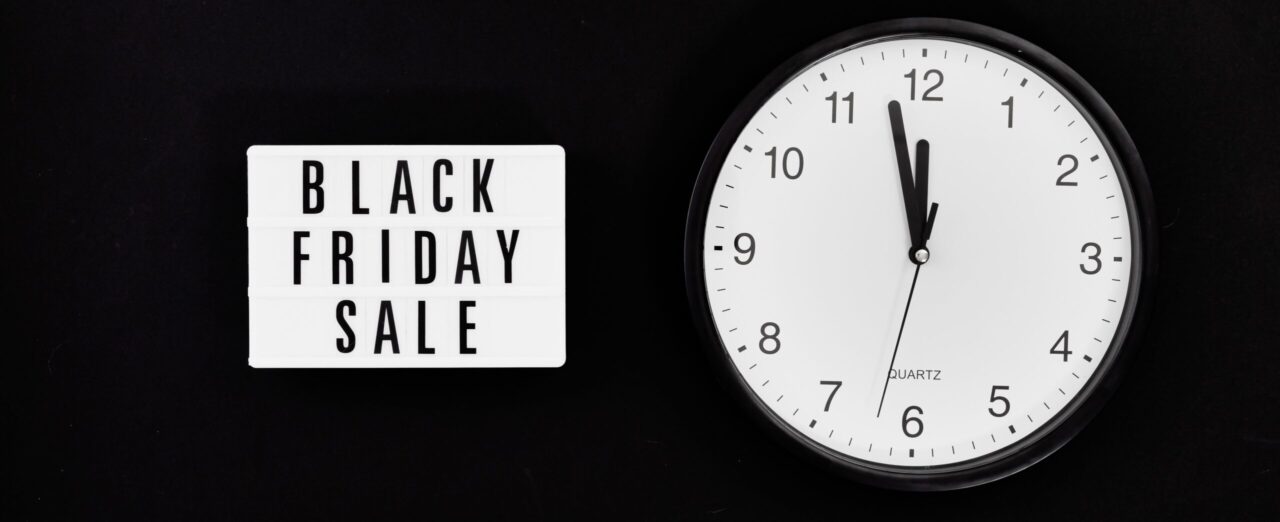
What Is Black Friday and Why Is It Important?
The day after Thanksgiving has transformed into one of the most critical retail events of the year – Black Friday. With origins dating back decades, has grown into a phenomenon upending standard holiday shopping dynamics.
This article explains Black Friday fundamentals for businesses aiming to harness its powerful effect on consumer spending.
What is Black Friday?
Black Friday refers to the Friday immediately following Thanksgiving Day in the United States. Retailers use it to launch special, time-limited promotional deals and deep discounts, kicking off the period from Thanksgiving to Cyber Monday.
The name comes from this retail bonanza pushing many stores’ ledger balances “into the black” for profitability prior to year-end. Buoyant Black Friday revenues determined success or failure of annual targets.
When did Black Friday start?
Retailers began attempting to boost sales between Thanksgiving and Christmas from as early as the 1930s. But the modern origins of supercharged Black Friday demand likely took root in the 1960s in Philadelphia.
Huge crowds would flood the city for post-Thanksgiving parades and football matchups. This influx of tourists and visitors created a prime retail opportunity. Local police dubbing the resulting traffic jams and crowded sidewalks “Black Friday” cemented the term.
As consumer culture advanced, Black Friday became more widespread through the 1980s and 1990s. By the 2000s, coverage from mainstream media transformed it into a national holiday-like event. Many retailers now open at midnight or earlier rather than standard store hours to capture initial waves of frenzied bargain seekers.
Why has become so important?
In the 21st century battle for consumer wallet share, Black Friday represents a critical competitive play. The combination of steep discounts and droves of buyers in active shopping mode creates an unparalleled annual sales explosion.
Last year shoppers spent over $9 billion on Black Friday alone according to Adobe Analytics data. Retailers generated 10% of entire holiday season revenues on that single day. For many categories like apparel, year-end profits depend on high-volume sales.
The ability to carefully control margins through pricing science while moving huge amounts of inventory also appeals to retailers. If executed well, Black Friday’s scale allows healthy profits despite deep discounts. Businesses failing to compete through attractive deals risk losing market share during this peak spending period.
So Black Friday has become a high-stakes, massively hyped opportunity to stand out from the competition. Careful planning of promotional strategies now starts months in advance.
Impacts on Consumers and Businesses
As an evolving retail and cultural staple ingrained into the holidays, influences behaviors of both shoppers and businesses in unique ways:
On Consumers:
- Fuels deal hunting and bargain frenzies trying to maximize savings
- Ensures early holiday shopping with season spend pulled forward
- Traffic surges causing crowded aisles and stretched inventories
- Motivates later buying of still discounted Christmas gifts
On Businesses:
- Hyperscale volumes stress inventory, operations and delivery capacity
- Earlier than ever promotional rollouts and holiday merchandising
- Compressed earnings with narrower margins amid intense competition
- Data analytics and omni-channel coordination become mandatory
For consumers, it represents thrill-seeking savings sprees. For retailers, both feast and famine tensions persist in equal measure.
Tips for Marketers on Black Friday Planning
Wringing high value as a brand requires artful preparation:
- Set early-bird email alerts guiding subscribers to peak doorbusters
- Seed social media anticipation building up across October-November
- Coordinate consistent branding and pricing across retail channels
- Stress test web infrastructure to account for extreme spikes in traffic
- Train associates to cross-sell and up-sell amid frenzied buying
- Schedule reactive budget reallocation to better-performing promos
- Model profitability around marginal revenue relative to discounts
- Capture customer data across touchpoints using integrated systems
- Use post-event purchase analytics to optimize future holiday plans
Harness Black Friday’s immense shopper energy, but avoid detrimental overzealousness. Advanced operational coordination and customer intelligence now make or break retail winners.
The Next Evolution of Black Friday’s Winner Takes All Sweepstakes
With growing online dominance, smartphone proliferation, and younger shopper cohorts, Black Friday continues to evolve dramatically, even as in-store activity rebounds from pandemic dips. More George Jetson than George Washington, its future trajectory will demand forward-thinking brands keep pushing customer experiences and convenience forward. Survival depends on harnessing both historical holiday hustle along with next-generation hype.

